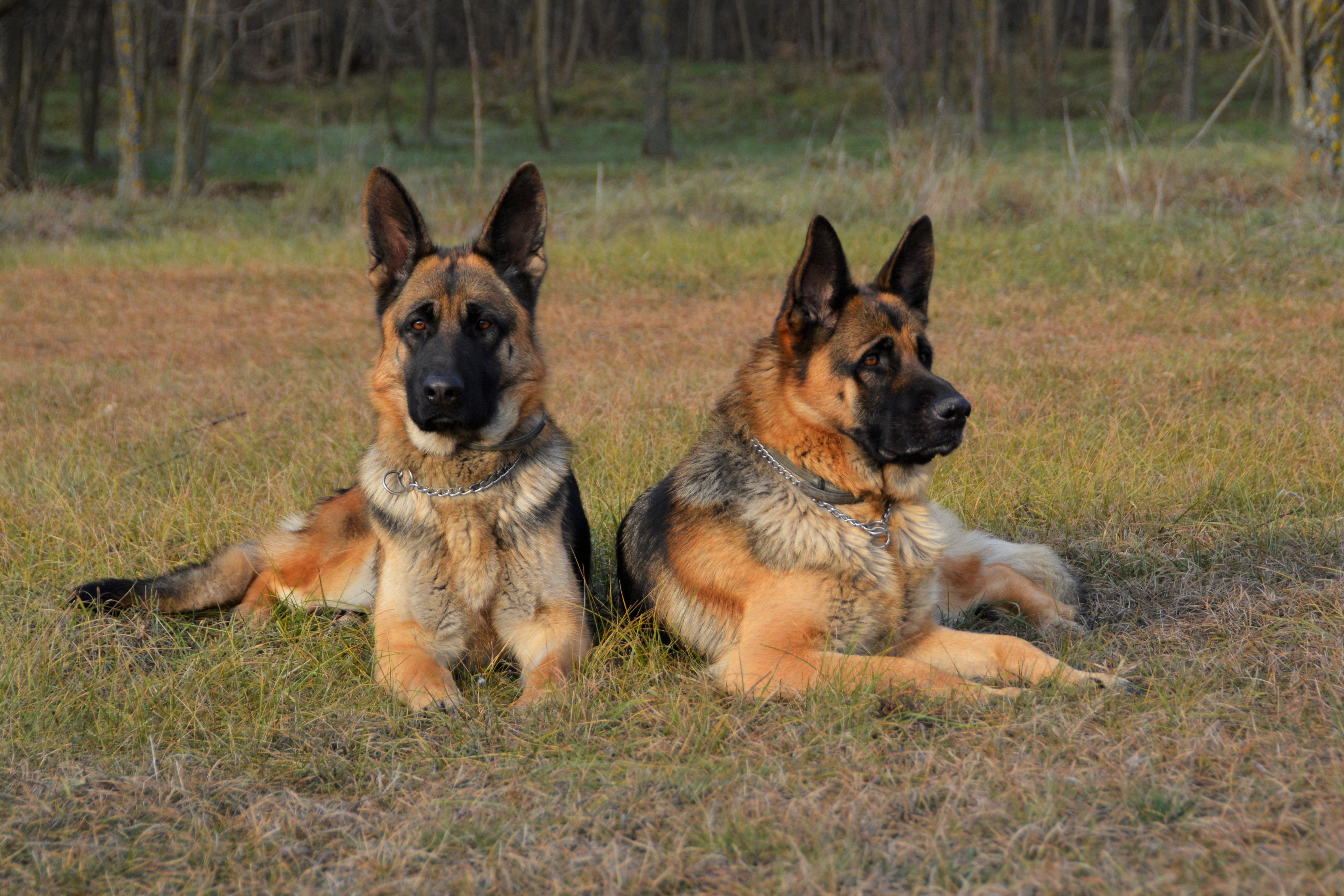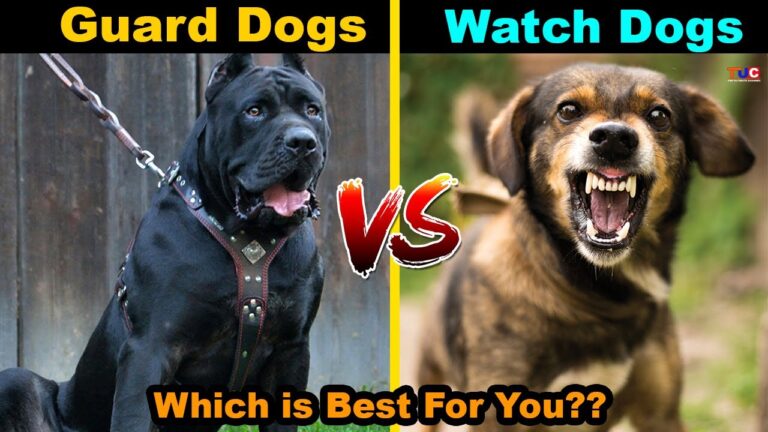Guard dogs are trained to attack intruders, while watchdogs are trained to alert their owners. Guard dogs are active, aggressive defenders, while watchdogs are passive protectors that only react when necessary.
Dogs have been used as guardians of homes and property for centuries. The physical presence of a dog can be an effective deterrent against intruders, but not all dogs are created equal. Some breeds are natural protectors, while others require special training.
Guard dogs and watchdogs are two types of dogs used for protection, but they have distinct differences in their training, behavior, and purpose. In this article, we will explore the differences between guard dogs and watchdogs, how they are trained, and their roles in protecting homes and property.

Credit: www.goodhousekeeping.com
Understanding The Differences Between Guard Dogs And Watchdogs
Guard dogs and watchdogs are two terms that are often used interchangeably, but there are significant differences between them. Guard dogs are trained to protect a specific area or property and are often seen in military or law enforcement settings.
They are trained to attack intruders and can be quite aggressive. Watchdogs, on the other hand, are used to alert their owners of any danger, but they do not attack intruders. Watchdogs are often bred specifically for this purpose and can be trained to be excellent guardians of the home.
Understanding the difference between the two is important as they have different roles and require different training. A guard dog is an offensive weapon while a watchdog is a defensive one. Choose the right one based on your specific needs and property.
Evaluating The Effectiveness Of Guard Dogs And Watchdogs
Guard dogs and watchdogs can both serve as effective protectors for your property and family. When choosing a guard dog, consider their size, strength, and temperament, as well as their training and past experience. For a watchdog, temperament is still an important factor, but size and strength may be less important.
Watchdogs are often used as alarm systems, alerting their owners to the presence of intruders. Whichever you decide to go with, be sure to properly train and socialize your canine companion. With the proper care and training, a guard dog or watchdog can offer you peace of mind, knowing that your family and property are safe and secure.
The Pros And Cons Of Owning A Guard Dog Or Watchdog
Guard dogs and watchdogs both offer advantages and disadvantages to owners. Guard dogs bring increased safety and security to a home or business. They can be trained to protect against intruders, but may require extensive training, handling, and maintenance. Watchdogs, on the other hand, do not typically require as much training or upkeep.
They provide a reassuring presence that can deter potential intruders, but do not have the same level of protection as guard dogs. Ultimately, the decision to own a guard dog or watchdog depends on the owner’s specific needs and lifestyle.
Consider the level of security required, the amount of time and resources available for training and maintenance, and the temperament of the animal before making a choice.
Factors To Consider When Transitioning From A Watchdog To A Guard Dog
When transitioning from a watchdog to a guard dog, it’s crucial to assess your security needs. Identifying the right breed of guard dog for your specific situation is essential. Enrolling in a professional dog training program can help train your guard dog and establish a connection with them.
It’s important to remember that guard dogs require specific training and handling to ensure they are effective in protecting your property. By taking the time to carefully evaluate your situation and working with a professional trainer, you can ensure that your guard dog is properly trained and ready to protect your home or business.
Remember, a well-trained and well-handled guard dog can be an invaluable asset in ensuring your safety and security.
Frequently Asked Questions On Guard Dog Vs Watchdog
What’S The Difference Between A Guard Dog And A Watchdog?
A guard dog is trained to attack intruders and protect property, while a watchdog is trained to alert their owners of potential danger.
What Are Some Popular Breeds Of Guard Dogs?
Popular breeds of guard dogs include rottweilers, german shepherds, doberman pinschers, and bullmastiffs.
Can Any Dog Be Trained As A Guard Dog?
While any dog has the potential to be trained as a guard dog, certain breeds are better suited for the task due to their protective instincts and physical abilities.
Do Guard Dogs Make Good Pets?
Guard dogs can make loyal and protective pets, but they require proper training and socialization to be well-behaved around family and friends.
How Can I Train My Dog To Be A Watchdog?
To train your dog to be a watchdog, start by teaching them basic obedience commands and socializing them around strangers. Gradually increase their exposure to unfamiliar people and teach them to bark on command.
Conclusion
The difference between a guard dog and a watchdog lies in the purpose and training. While both dogs can protect and guard their owners, the guard dog is specifically trained for that purpose. It is often used in security firms, law enforcement, and military and needs a high level of training.
On the other hand, a watchdog is trained to serve as an alert system, and it is more suitable for residential settings. When considering getting a dog for protection, it is essential to do your research and evaluate which type of dog best suits your needs and the environment you live in.
Once you have made that decision, ensure that you train and socialize the dog accordingly. Remember, owning a dog comes with responsibilities, and careless breeding or training can result in aggression that poses risks to everyone.



